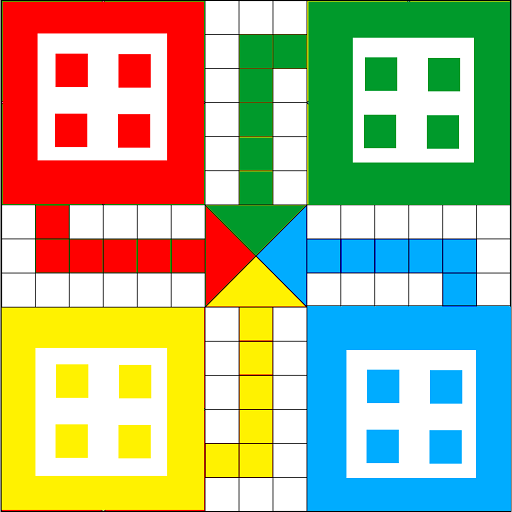By Uthman Oriyomi
Ludo is a classic board game that has been enjoyed by people of all ages for generations. Here’s a comprehensive explanation of the game, including its history, rules, and gameplay:
*History of Ludo*
Ludo is derived from the ancient Indian game of Pachisi, which dates back to the 6th century. The game was modified to its current form in England in 1896, and it was patented under the name “Ludo,” which means “I play” in Latin.
*Game Components*
A standard Ludo game set includes:
– A square board divided into four colored sections: red, blue, green, and yellow.
– Four tokens for each player, matching the color of their section.
– A single die.
*Objective*
The objective of Ludo is to be the first player to move all four of their tokens from their starting area, around the board, and into their home column, located in the center of the board.
*Setup*
1. Each player selects one of the four colors and takes the four matching tokens.
2. The tokens are placed in the player’s starting area, called the “base,” located at one corner of the board.
*Gameplay*
1. *Starting the Game*: Players take turns rolling the die. To move a token out of the base and onto the starting square (the colored square directly to the left of the base), a player must roll a 6. If a player rolls a 6, they can bring a token onto the starting square and roll the die again. If a player rolls a 6 three times in a row, they lose their turn.
2. *Moving Tokens*
After getting a token out of the base, players move their tokens along the path according to the number rolled on the die. Tokens move clockwise around the board.
3. *Capturing Tokens*: If a player’s token lands on a square occupied by an opponent’s token, the opponent’s token is sent back to its base and must restart. However, tokens on safe squares (the colored squares) cannot be captured.
4. *Entering the Home Column*: Once a token completes a full circuit around the board, it enters the home column, which is a vertical line of squares leading to the home triangle at the center of the board. To enter the home column, a player must roll the exact number required to land on the entrance square.
5. *Winning the Game*: The first player to get all four of their tokens into the home triangle wins the game.
Special Rules
– *Rolling a 6*: Rolling a 6 allows a player to either bring a new token into play or move an existing token. Additionally, rolling a 6 grants another roll of the die.
– *Safe Squares*: The colored squares on the board are considered safe zones where tokens cannot be captured. Each player has their own safe squares marked by their color.
– *Home Stretch*: When tokens are in the home column, they move according to die rolls, but they must enter the home triangle by an exact roll.
*Strategy*
– *Balancing Movement*: Deciding whether to move a token out of the base or advance a token already in play.
– *Blocking Opponents*: Strategically positioning tokens to block opponents and prevent them from advancing.
– *Timing Entries*: Calculating die rolls to enter the home column and the home triangle effectively.
Ludo is a game of both strategy and luck, making it accessible and enjoyable for players of all skill levels. Its simple rules and engaging gameplay have made it a timeless favorite, perfect for family gatherings and friendly competitions.
©️ 2024 GistMeg. All rights reserved. This article is protected by copyright and may not be reproduced, distributed, or transmitted in any form or by any means without prior written permission. Share the love, but give us the credit! Contact us at Askgistmeg@gmail.com to share your thoughts or learn more about sharing our contents.



Intresting